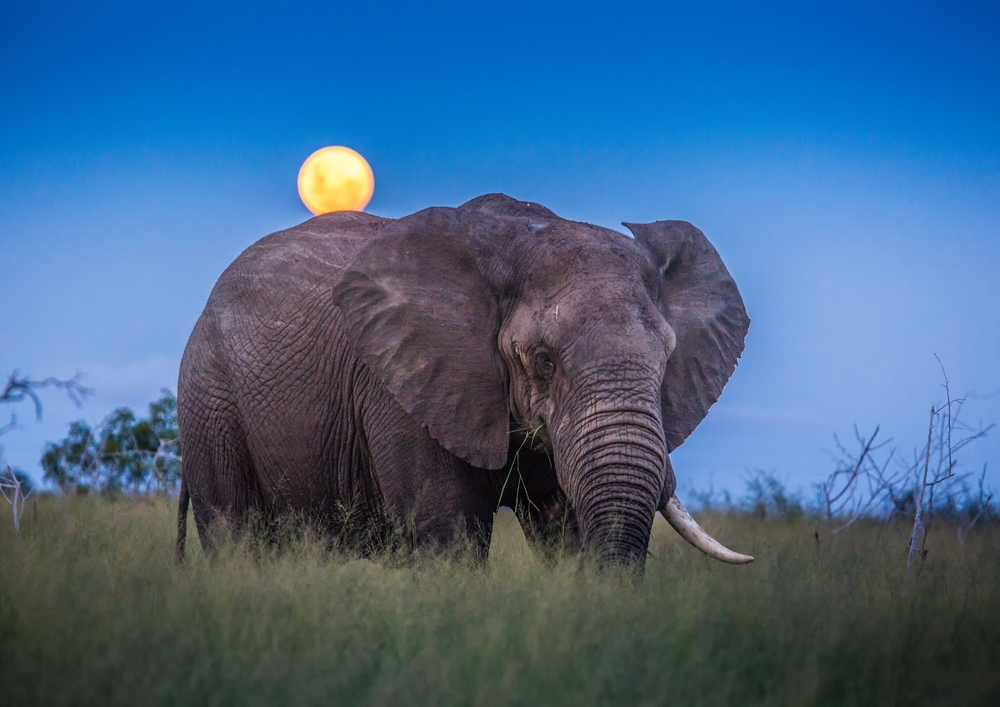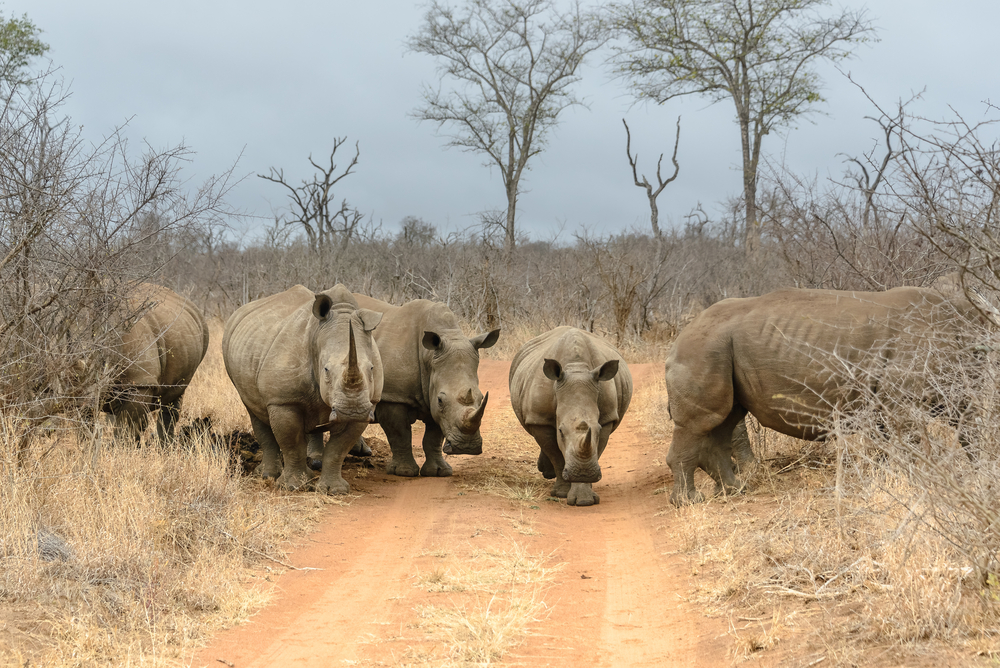Eswatini (formerly Swaziland) boasts a rich array of natural landscapes, protected within its one national park: Hlane Royal National Park. Along with the national park, there are two other protected areas, Mlilwane Wildlife Sanctuary, and Mkhaya Game Reserve. These parks preserve the country’s stunning diversity of savannahs, grasslands, and forests, along with an impressive range of wildlife, from elephants and rhinoceros to zebras, antelopes, and numerous bird species. Eswatini’s national parks are some of the best-managed in southern Africa, largely because of the country’s focus on conservation and sustainable tourism.
However, Eswatini faces challenges similar to other African nations regarding the conservation of these precious ecosystems. The increasing demands for agricultural land, habitat encroachment, and the impacts of climate change pose significant threats to the biodiversity of its parks. Additionally, anti-poaching efforts, particularly in the protection of endangered species such as rhinos, are a constant challenge for park management.
Hlane Royal National Park, the largest of Eswatini’s parks, is known for its population of large mammals, including lions, elephants, and rhinos. It offers a traditional safari experience and is a key part of the country’s conservation efforts. Mlilwane Wildlife Sanctuary, located near the capital Mbabane, is the oldest protected area in the country and a popular destination for hiking, birdwatching, and cultural tourism. Mkhaya Game Reserve, focused on the conservation of endangered species, is famous for its successful efforts in protecting black and white rhinos, as well as other species such as giraffes and buffalo.
Eswatini’s parks are not only critical for biodiversity conservation but also for eco-tourism, which is a vital part of the country’s economy. Through conservation and community engagement efforts, Eswatini is working to ensure the future sustainability of these incredible natural resources, offering visitors both a remarkable wildlife experience and a deeper understanding of conservation challenges.











































































